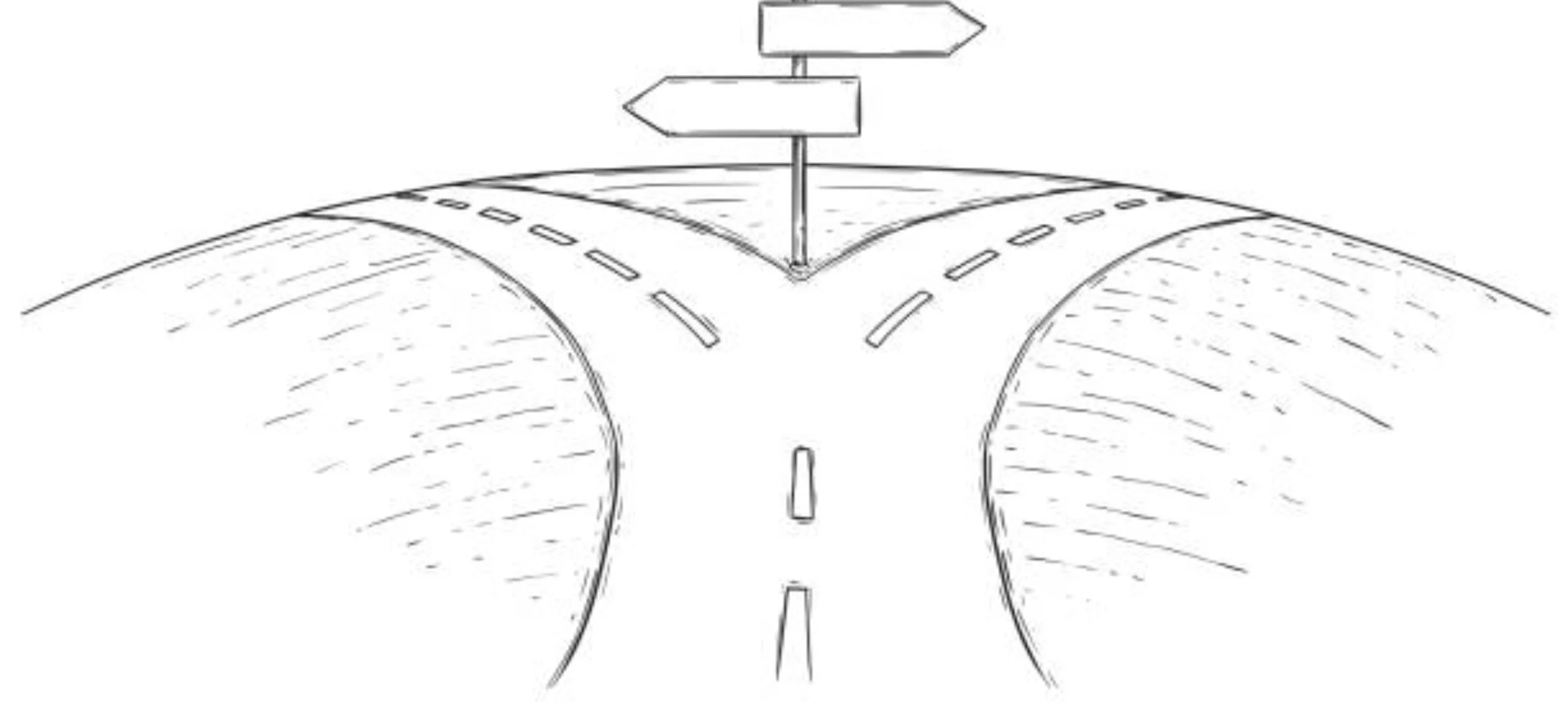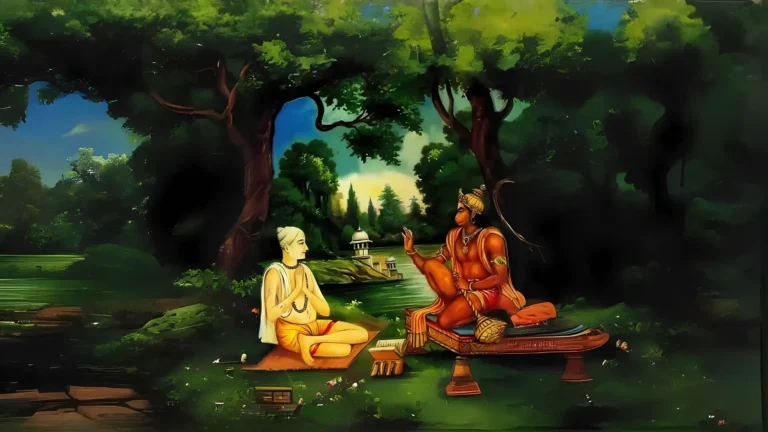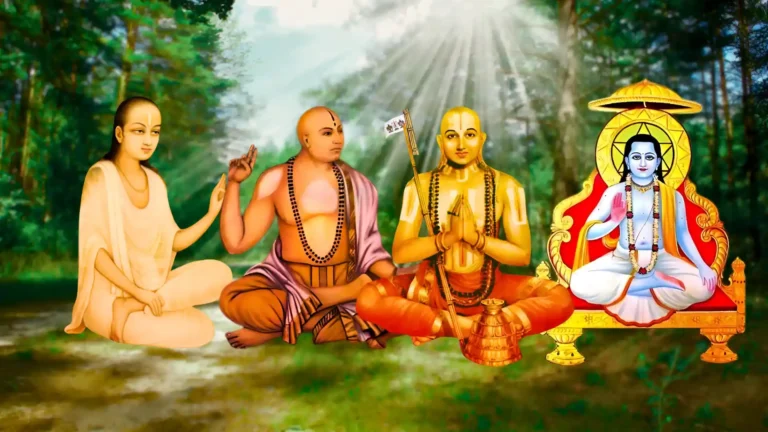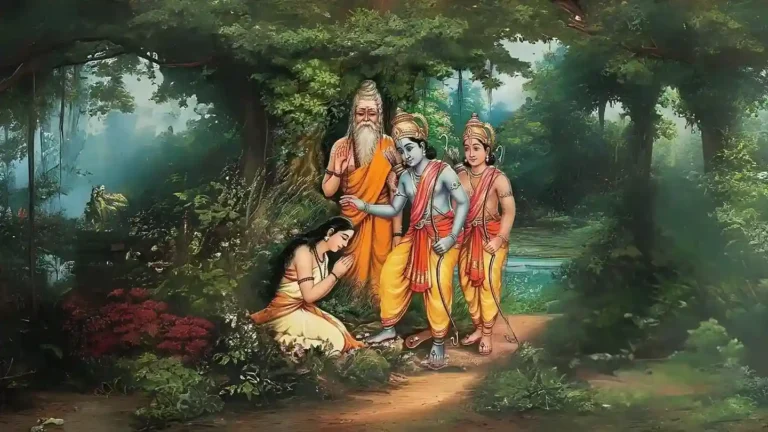Please Like the Blog and Share it for Maximum Reach
Table of Contents
Kundalini Yoga Practice: Brief Introduction to Awakening
In this piece we will discuss the broad ambit of Kundalini Yoga Practice that represents direct or indirect means of awakening Kundalini. Kundalini Awakening has been a famous topic for quite a while in spiritual circles and yoga centres.
Everybody wants to progress and so, Kundalini Awakening might have caught your attention as well. But, before we get into the nuances of Kundalini Awakening, let us understand the 4 paths of Yoga, without which Kundalini Awakening is probably never possible.
Kundalini Yoga Practice: Raja Yoga
It is an 8 fold path that consists of the Goal and the process, following which we can achieve the goal.The Goal indeed is Awakening to our true, higher self.

It consists of 8 stages and practices that ultimately lead to Kundalini Awakening.
1. Yama – Self restraint to Control the Mind
2. Niyama- Self Discipline to Control the Sense
3. Asana – Postures for Upliftment
4. Pranayama – Breathing Exercises to enable breath control
5. Pratyahara – Conscious Withdrawal of the senses from sense objects
6. Dharana – Concentration to enable Mindfulness
7. Dhyana – Meditation to harness one-pointedness
8. Samadhi – Ultimate Union or Oneness
These are 8 milestones that help individuals progress towards their goals of enlightenment and Kundalini Awakening.
Kundalini Awakening in Raja Yoga
Kundalini is also awakened in the King of Yogic sciences known as Raja Yoga. Although this form never hints about Kundalini directly, the practices intend towards invoking Energy (Shakti). The personification of Higher Energy in Hinduism, is Shakti Devi.
Only if the practitioner awakens Shakti can Kundalini Energy travel towards the Sahasra or Crown Chakra. The practitioner of Raja Yoga understands the nuances of Yama and Niyama.
Through Yama, he aims at the highest quality of conduct and through Niyama the practitioner undertakes practices abiding which he attains Yama.
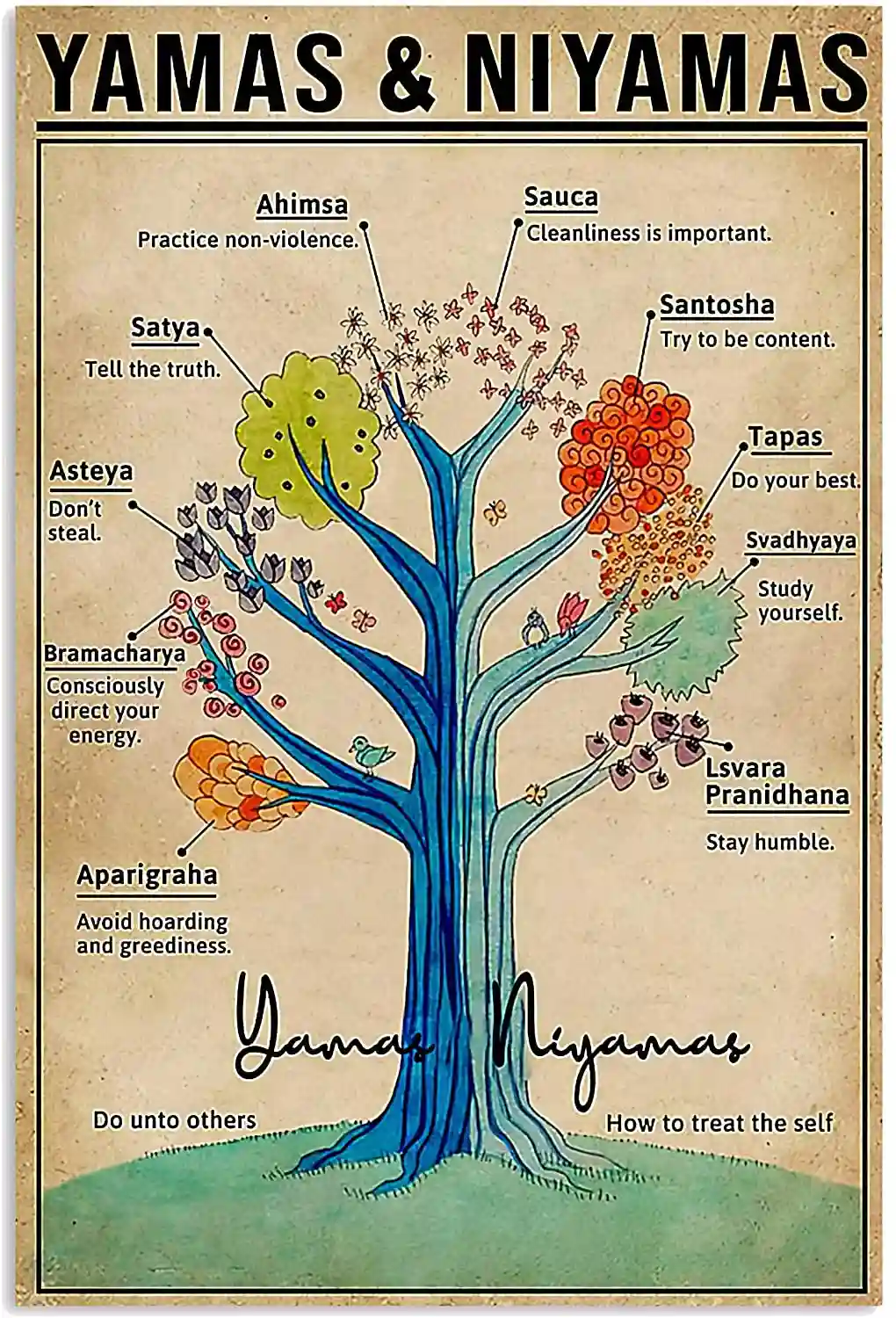
He also follows Vedic Injunctions (a.k.a Svadhyaya), which instills mental purity and emotional sensitivity. The goal of Yama, Niyama and Svadhyaya is to take him further into the subtle practices of Pranayama. The Shastra claims that the mind cannot be directly captured.
Hence, the route is to iron the mind out through Yama and Niyama.
The next crucial stage is undertaking Pranayama.
With this the mind is rarefied and the breath is used to suck the mind into the Pranic force. We must know that it is only the sullied mind that makes us forgetful of our source. When the mind is completely rarified and subdued, the Kundalini automatically rises. This is an essential Kundalini Yoga Practice.
It rises because the impediments of the energy centers, (the mind, and negative tendencies, impressions, etc) , are withdrawn or sucked in by Prana Shakti.
Hence Kundalini rises just as boiling water rises in the form of vapor.
Kundalini Yoga Practice: Hatha Yoga
Hatha Yoga is a branch of Yoga that focuses on breaking the grossness to enter the subtler realms. So, the postures of the body are of prime importance in this branch of Yoga.
The word हठ in Hindi means: Forceful.

In normal circumstances, people rarely consider the accuracy of their postures. But, once you subscribe to Hatha Yoga, the way you even sit, matters. It is all a matter of disciplining your body through a set of authorized postures.
These postures help break the grossness of the body. It makes it flexible and an ideal recipient to bear the force of Kundalini, when rising upwards. Normally, Kundalini energy requires a strong body as it is energy that travels upwards.
So, through Hatha Yoga, the practitioner makes himself/herself capable for the next leap.
Test your Alignment with the Spiritual Subject Matter (only 7 Questions)
The scores generated in this Quiz are relative. There are no right or wrong answers. A percentage towards 100 indicates that you are more aligned to the overall subject matter.
Kundalini Awakening in Hatha Yoga and Tantra
Now, Kundalini Yoga Practice is also associated with the scientific process of Hatha Yoga.
The methods adopted in Hatha Yoga are radically different from Tantric Sadhana.
I mention Tantric Sadhana as it is the most preferred path when talking about Kundalini Awakening. However, those who refuse to abide by the Tantric methods, choose Hatha Yoga!
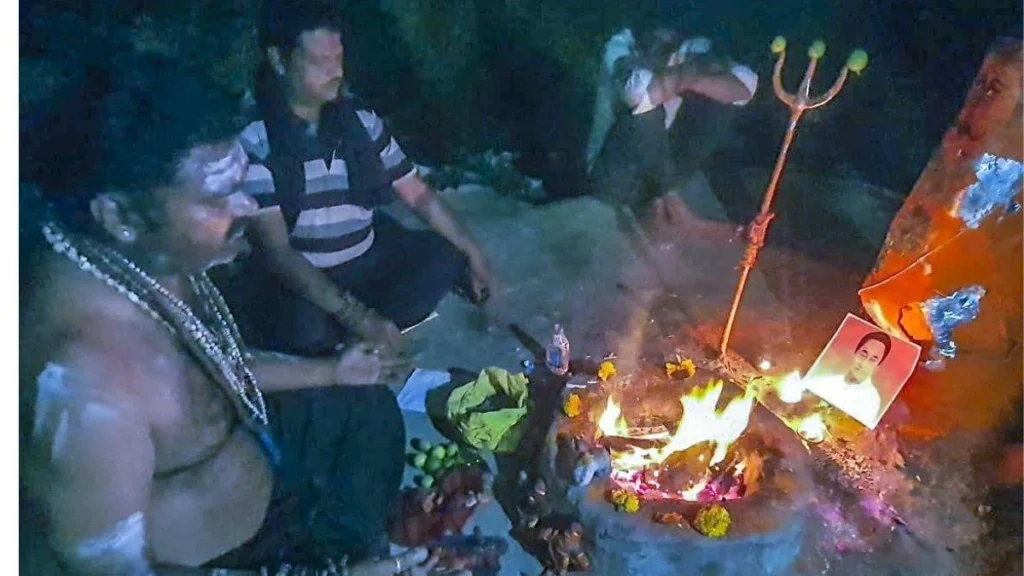
Tantric Sadhana is associated with a great number of esoteric rituals. Moreover, it depends on energies associated with many materials, used in the worship of Devi and allied forces (The associates of Devi).
In Hatha Yoga, there is a predominance of the use of bodily postures or Yoga Asana. Making the body as a tool, the practitioner of Hatha Yoga diverts the subtle energies within the body and makes them travel up in the energy centers.
Other than bodily postures, the main subtle tools are also used for awakening the Kundalini. This is also a valid aspect of the Kundalini Yoga Practice.
The subtle tools are:
1. Invoking Prana to flow through the Nadis (subtle nerve centres)
2. Purifying the body through Bandhas and Mudras (bodily positions and movements) which control the Prana.
These methods intelligently block the Prana at certain centers, following the strict recommendations of the Yoga Shastra and the Yoga Guru (spiritual preceptor). These techniques help purify the inner organs and eventually render a pure mind, through prolonged practice. Then Pranayama finally brings the Yogi’s mind into perfect control.
When this happens, Kundalini starts to rise rapidly from Mooladhara to the Sahasra.
Kundalini Yoga Practice: Vedanta or Jnana Marga
Kundalini Awakening seems to be more of a western practice today. On the other hand, only traditional indian refer to the pure works of Vedanta.
However, sincere westerners who subscribe to Kundalini Awakening most often find the Path of Knowledge (Jnana Yoga) conducive. This can be considered as a variant of the Kundalini Yoga Practice only. Such people are introspective.
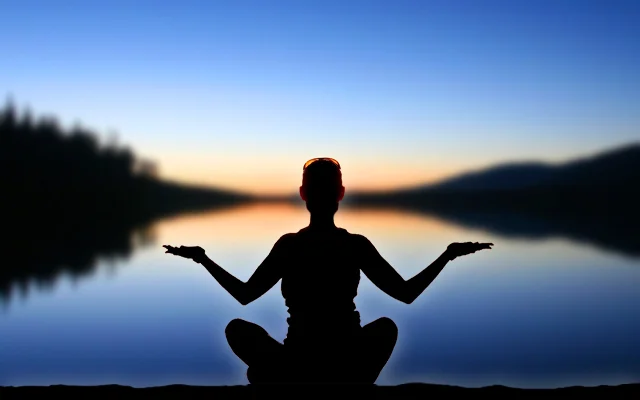
So, Jnana marga becomes acceptable to those who are interested in tapping into their original self with mental exercises (Jnana) rather than Physical acrobatics (Hatha Yoga). This is yet a subtle method or path of Yoga that yields the same benefits of results of Hatha Yoga.
It depends on the temperament of the seeker.
If you are calm and not quite comfortable straining your body, Jnana marga for Kundalini Awakening is the best.
This path involves practices like introspection, awareness, contemplation, seeking and ruminating.
Jnana Yoga and Kundalini Awakening
The Vedanta process never directly talks about Kundalini Yoga Practice. But here too, taking up an inquiry into “Who am I” leads the path of Kundalini into Sahasra.
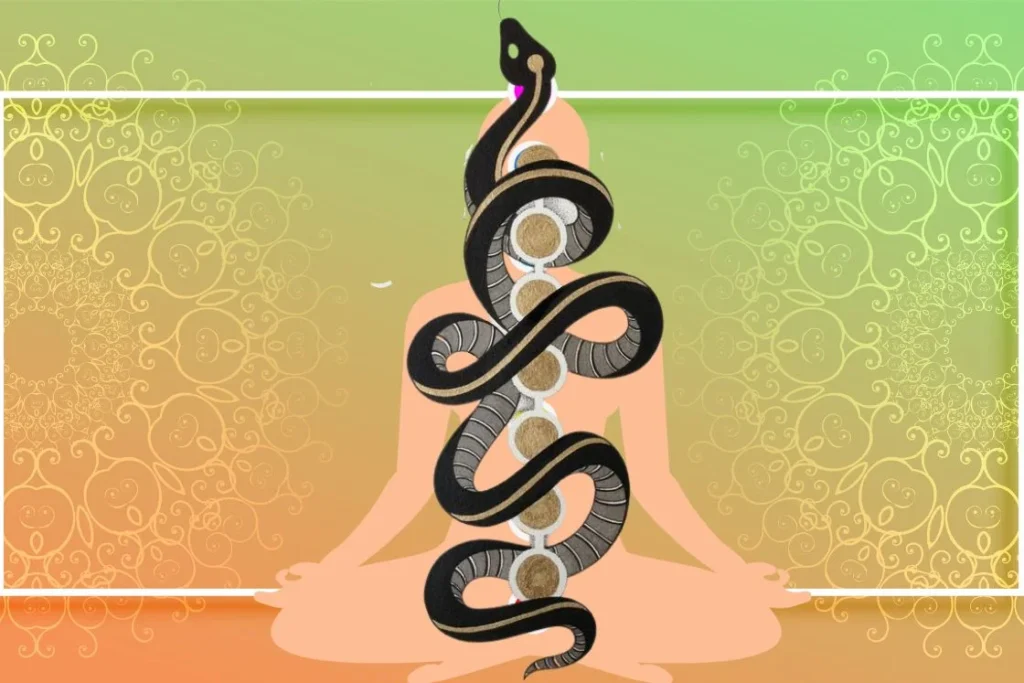
Vedanta’s original goal is to End Ignorance or Avidya Maya.
Its sole goal is to discover the source of our true nature through “Atma Vichara” or Self-Enquiry. Ignorance cannot be directly destroyed either by study, or by Pranayama, or Karma, or by undertaking severe austerities.
Only delving into our true nature, which is Sat-Chit-Ananda (Existence-Knowledge-Bliss), can lead us to our final goal.
When one undertakes the study of Vedanta either through Scriptures or Introspecting on the nature of self, the dissipated energy restores itself. Energy dissipation occurs due to the uncontrolled mind.
But, when contemplative practices are consciously included in our daily routine, the mind loses its vigor to lead the practitioner astray.
Once you achieve mind control through the Vedantic approach of introspective questions, your activated energy channels enable the Kundalini to rise upwards.
Bhakti Yoga- The Path of Love
Even if Bhakti does not come to you easily, Karma and Jnana can help you achieve your goals.
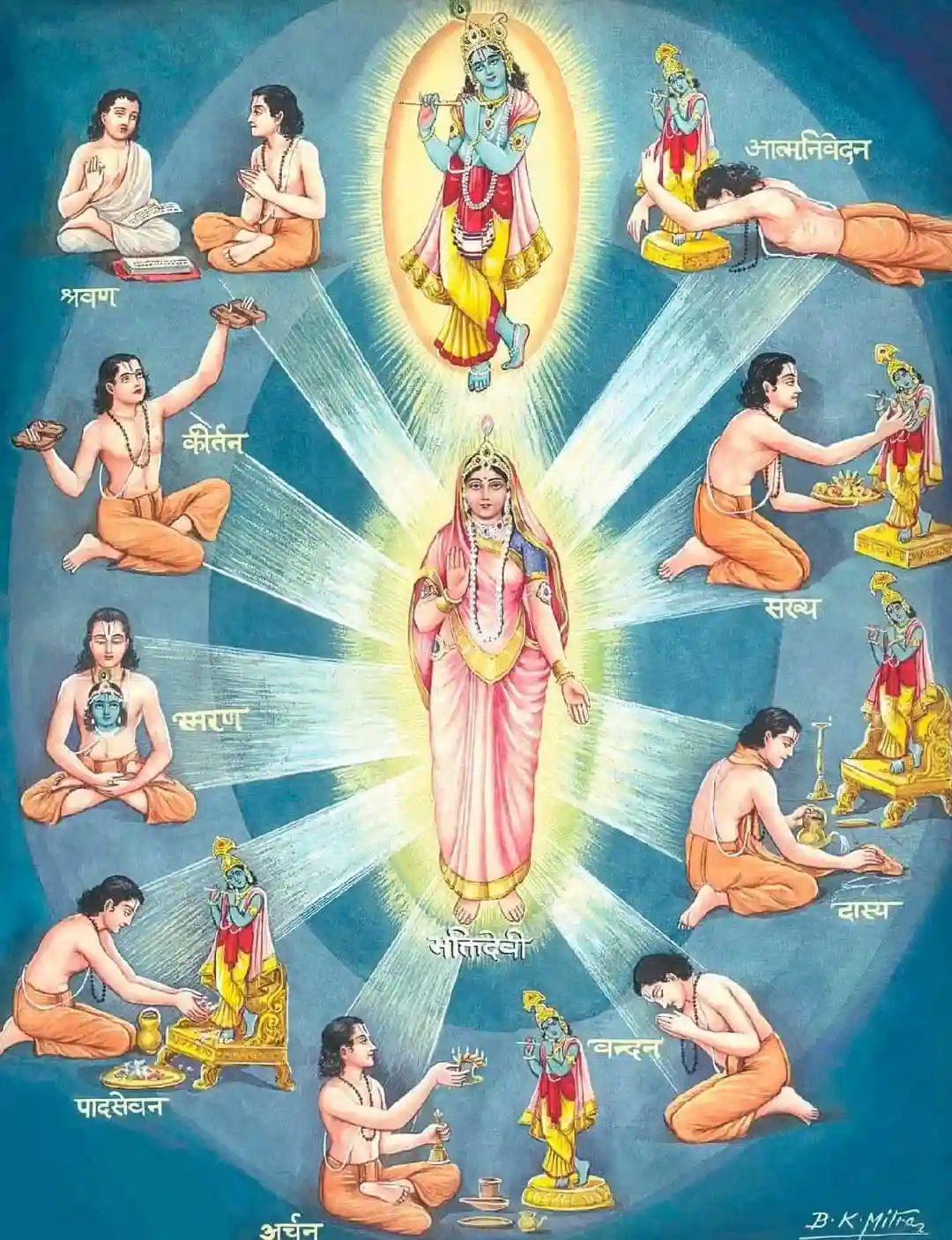
However, the Bhagavad gita does clearly state that Karma, Jnana and Bhakti Yoga overlap each other. So, if not now, sometime down the line you might develop love for God, Bhakti.
Your seeking must be sincere. People who believe in the form aspect of God and are involved with traditional worship of deities can easily resonate with Bhakti Yoga.
Through selfless love, you can surely awaken your highest self. You can surely achieve the goal of Kundalini Awakening way faster if at all Ego does not stand in front of you and prevents you from unconditionally loving God.
Kundalini Yoga Practice: Kundalini Awakening in Bhakti Yoga
One of the most powerful basis of Kundalini Awakening, which I personally witnessed, is Bhakti Yoga. This form of the Kundalini Yoga Practice is the simplest and perhaps the most powerful of all Yoga systems, especially in this age of Kali.
The practitioner contributes the least, but gains the most.
In fact, the entire onus of the awakening of the Kundalini is with the Supreme Lord. When the practitioner surrenders himself through sustained prayers to the Lord, the Lord takes complete responsibility.
So, on behalf of the practitioner, the Lord initiates all sub-processes such as purifying the mind, , disciplining, diverting energy towards higher goals, harnessing the power accumulated through Bhakti, etc.

In short, the Lord harvests many untold aspects of energy for the latter surrenders everything unto the Supreme Entity. So, how can there be a lapse in the nuances of the Yogic process?
Automatically the Lord causes the Kundalini of the practitioner to rise. He takes him to the highest form of realization. The Kundalini rises effortlessly towards the Sahasra or Crown Chakra.
Of course, the final Union of the Kundalini Shakti with Sadashiva will be the time when the practitioner shall attain a spiritual body.
In this stage, the practitioner leaves his material body and ascends to the transcendental abode.
Please Like the Blog and Share it for Maximum Reach

